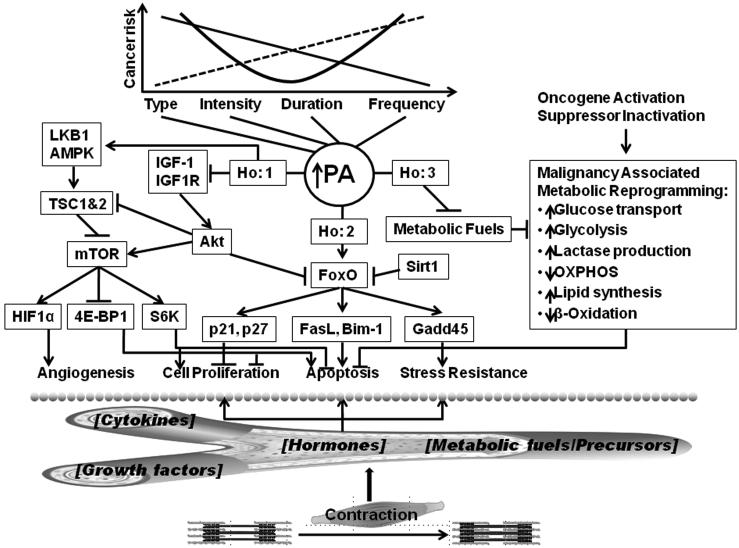Figure 1. Summary of candidate mechanisms.
As shown at the top of the figure, physical activity (PA) is characterized by its four components: type, intensity, duration, and frequency; the dose dependent effects of each component on cancer risk have yet to be determined. Three hypotheses (Ho) are advanced to explain the effect of PA in reducing cancer risk and these Ho are likely to be interrelated. Ho:1 predicts that PA inhibits carcinogenesis by suppressing the activation of the mTOR signaling network in mammary carcinomas. Suppression is mediated through effects of PA on concentrations of the circulating growth factors and hormones that regulate the mTOR network. Ho:2 predicts that the carcinogenic response to PA is hormetic, i.e. non linear (J or U-shaped) and accounted for by a physiological cellular stress response. Ho:3 predicts that PA limits the amount of glucose and glutamine available to mammary carcinomas thereby inducing apoptosis because malignancy-associated metabolic programming is reversed; this serves to limit the accumulation of tumor cell mass. The bottom of the figure speculates that the effects of contracting muscle are conveyed to the target epithelial cell populations by effects of PA on circulating concentrations of cytokines, growth factors, hormones, and/or metabolic fuels/precursors.

